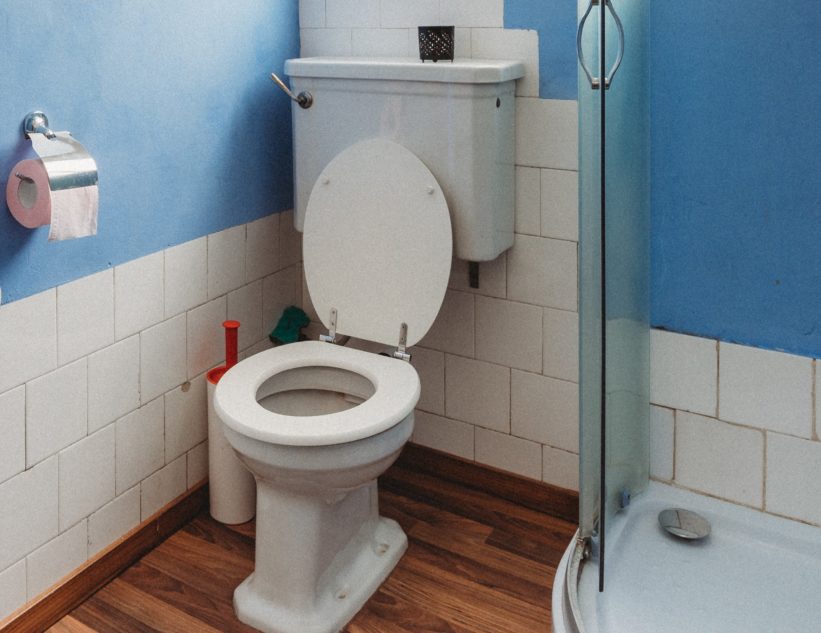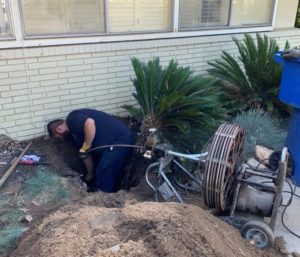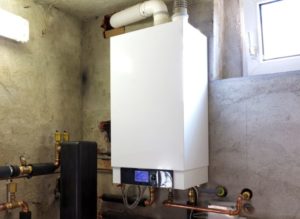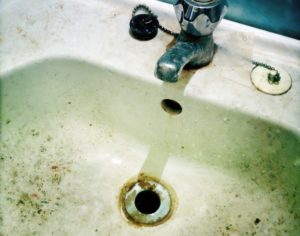Your toilet is one of the most important fixtures in the home. It’s also one of the ones that we tend to take for granted until something goes wrong with it. A running toilet isn’t something that you should ignore. You can’t ignore it. Not only do you hear the water always running, or continually cycling on and off, you also see its effects on your water bill. A continuously running toilet can waste hundreds of gallons of water every single day. The longer you go without addressing your running toilet, the more money you waste. Fortunately, fixing a running toilet is a reasonably simple task. Here’s how.
Check the Flapper
One of the most common causes of a running toilet is a problem with the flapper. The flapper is a rubber stopper that’s attached to a chain. When you flush the toilet, the handle pulls up the chain. This lifts the flapper to let the water into the toilet. The flapper deteriorates over time, which prevents it from sealing correctly. As a result, water trickles through it, causing the toilet to run constantly. You can determine if the flapper is the problem by pushing on it to create a stronger seal. If the water stops running, it’s most likely the flapper.
To replace the flapper, first, turn the water to the toilet off. Flush all of the water out of the tank. As you remove the flapper, please pay close attention to how it attaches to the tank. It’s also important to get the same type of flapper from the hardware store. When you connect the chain to the flapper, make sure that you get the length right to prevent it from being too long or too short.
Look for Leak in the Fill Valve
The fill valve is the part of your toilet that is responsible for refilling the tank when the toilet is flushed. If the valve wears out or shifts out of alignment, a leak can form, which causes the toilet to run constantly. First, shut off the water and empty the tank. Unscrew the water supply line. It can be helpful to take the old fill valve with you when you purchase the new one. Screw in the new fill valve and adjust the float height and turn the water back on. Make any necessary adjustments to the float height and flush the toilet to test it.
Examine the Fill Tube
The fill tube is a small plastic tube that goes from the fill valve to the overflow pipe. If the tube comes loose, doesn’t drain into the overflow pipe, or is underwater, it can cause your toilet to run all of the time. If the tube is under water, you can cut it back so that it clears the water level. If the tube is worn out, replace it with a new one. Make sure that you push the tube firmly onto the fill valve. The tube should sit about one inch above the edge of the overflow pipe. To make sure that the water goes into the overflow pipe, test the toilet by flushing it.
Fix the Float
The water level in your toilet tank is regulated by what is called a float. The water level is essential. If the float is set too low, the water level will be too low. This results in a weak flush. If the float is too high, the water flows into the overflow pipe, and the water won’t shut off. Fixing this issue is as simple as adjusting the float. There are two types of floats, a ball or a cup. Adjusting a ball float, which is more common with older toilets, means bending the arm. Adjusting a cup float involves sliding the mechanism up or down a rod. After each adjustment, flush your toilet to make sure that the water level is where it needs to be.
Fixing a running toilet isn’t difficult, but it shouldn’t be put off. Dealing with the issue as soon as possible will stop your running water problem and save you a significant amount of money.




